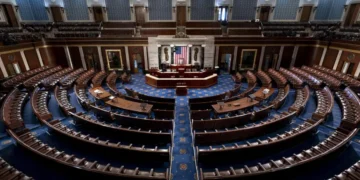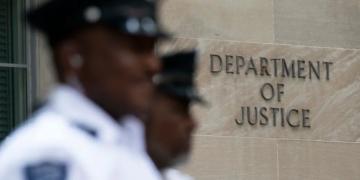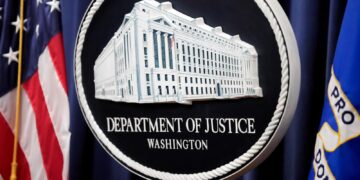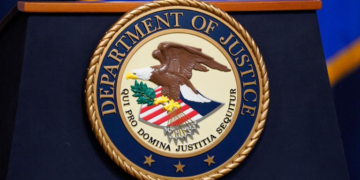Oct 1, 2024 Story by: Editor
Oklahoma City — AP — On Monday, the Justice Department announced its intention to initiate a review of the 1921 Tulsa Race Massacre, a violent attack by a white mob on a prosperous Black community, recognized as one of the most egregious acts of racial violence in U.S. history.
This review is part of a federal cold-case initiative aimed at addressing some Civil Rights Era incidents. However, Assistant U.S. Attorney General Kristen Clarke noted that they have “no expectation” of identifying any living individuals who could face prosecution stemming from this inquiry. Nonetheless, the establishment of a federal investigation into the massacre has been welcomed by the descendants of survivors, who have long criticized local and state leaders for insufficient efforts to compensate those affected by the tragedy.
Clarke indicated that the agency plans to release a public report outlining its findings by year-end. “We acknowledge descendants of the survivors, and the victims continue to bear the trauma of this act of racial terrorism,” Clarke stated during her speech in Washington.
Damario Solomon-Simmons, an attorney representing the last known survivors, 110-year-old Viola Fletcher and 109-year-old Lessie Benningfield Randle, characterized Clarke’s announcement as a “joyous occasion.” “It is about time,” he remarked, accompanied by descendants of massacre survivors. “It only took 103 years, but this is a joyous occasion, a momentous day, an amazing opportunity for us to make sure that what happened here in Tulsa is understood for what it was — the largest crime scene in the history of this country.”
The 1921 massacre resulted in the deaths of up to 300 Black individuals, the destruction of over 1,200 homes, businesses, schools, and churches, and thousands being forced into internment camps supervised by the National Guard, as a white mob, including some deputized by local authorities, ravaged the Greenwood District, often referred to as Black Wall Street.
In June, the Oklahoma Supreme Court dismissed a lawsuit filed by survivors, which discouraged advocates for racial justice who hoped the city would provide financial reparations for the attack. The nine-member court upheld a lower court’s ruling, asserting that while the plaintiffs’ claims regarding the destruction of the Greenwood District were valid, they did not meet the criteria outlined in the state’s public nuisance statute.
Following the dismissal of the lawsuit, Solomon-Simmons urged the U.S. Department of Justice to investigate the massacre under the Emmett Till Unsolved Civil Rights Crime Act. Despite previous investigations under the Act leading to successful prosecutions of Civil Rights Era cases, the DOJ acknowledged in a report to Congress last year that significant legal hurdles exist for cases predating 1968.
“Even with our best efforts, investigations into historic cases are exceptionally difficult, and rarely will justice be reached inside of a courtroom,” the agency noted in its report.
Since the Act was enacted in 2008, the DOJ has reviewed 137 cases involving 160 known victims. The agency has fully investigated and resolved 125 of these cases, either through prosecution, referral, or closure. The report highlighted that the Act has led to two successful federal prosecutions and three state prosecutions, primarily related to the murders of Black men in Mississippi by Ku Klux Klan members in the 1960s.
The first federally assisted state prosecution under this initiative involved Klansmen responsible for a 1963 church bombing in Birmingham, Alabama, that resulted in the deaths of four young girls. This prosecution, which occurred in the early 2000s, led to the convictions and life sentences of two individuals involved in the bombing. Source: CNN

















